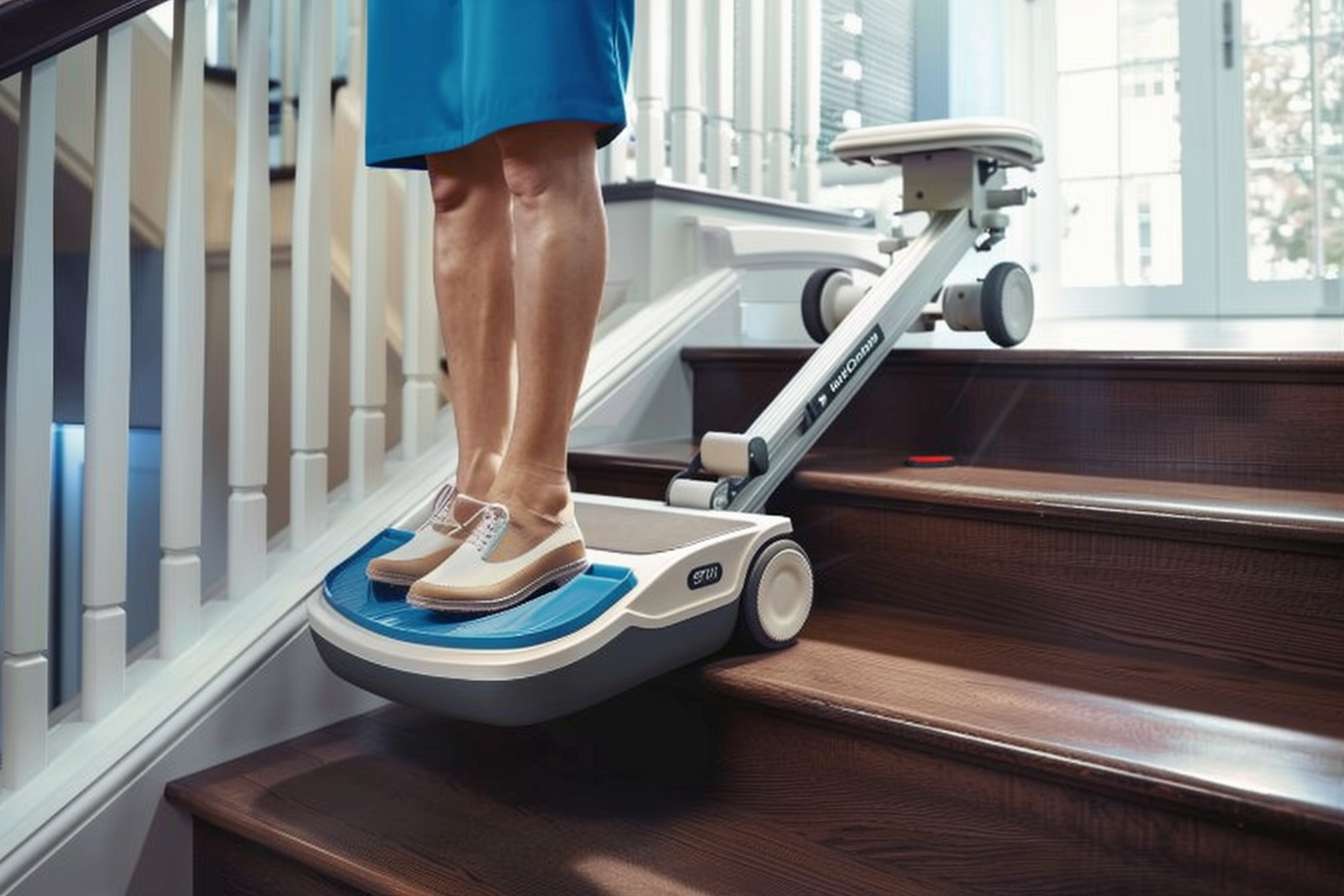Essential Features and Comprehensive Planning Guide for Prefabricated Houses in 2025
Prefabricated houses have emerged as a top choice for modern living, thanks to their innovative features and efficient planning guide. This dynamic building solution offers customizable layouts, rapid construction timelines, and energy efficiency that resonates with eco-conscious homeowners. As you explore prefabricated houses, understanding their unique characteristics and effective planning strategies can help simplify the journey to owning a dream home. In 2025, discover how the advantages of prefab...

Prefabricated housing continues to evolve as a viable alternative to traditional construction methods. Modern prefab homes incorporate advanced materials, sustainable technologies, and customizable designs that meet diverse homeowner needs while addressing contemporary housing challenges.
2025 Prefab Home Essential Features
Today’s prefabricated homes include several key features that distinguish them from earlier generations. Smart home integration comes standard in many models, with pre-wired systems for automated lighting, climate control, and security features. High-performance insulation systems exceed traditional building standards, often incorporating advanced materials like spray foam or structural insulated panels.
Modular electrical and plumbing systems allow for easier maintenance and future modifications. Many manufacturers now include renewable energy readiness, with pre-installed conduits for solar panel systems and electric vehicle charging stations. Quality control measures in factory settings ensure consistent construction standards that often surpass site-built alternatives.
Comprehensive Prefab House Planning Guide
Successful prefab home projects require thorough planning that begins with site evaluation and local building code research. Foundation requirements vary significantly based on soil conditions and local regulations, making professional site assessment essential. Utility connections must be planned early, as prefab homes require specific hookup points for water, sewer, electrical, and gas services.
Permitting processes for prefab homes can differ from traditional construction, with some jurisdictions requiring additional documentation or inspections. Transportation logistics play a crucial role, as delivery routes must accommodate large modules and crane access for installation. Timeline coordination between foundation work, module delivery, and final assembly requires careful scheduling.
Customizable Prefab Home Layouts
Contemporary prefab manufacturers offer extensive customization options that rival traditional construction flexibility. Open floor plans remain popular, with manufacturers providing various configurations for kitchen, living, and dining areas. Bedroom and bathroom layouts can be modified to accommodate different family sizes and lifestyle preferences.
Storage solutions are increasingly sophisticated, with built-in closet systems and multi-functional spaces becoming standard offerings. Exterior customization includes various siding materials, roofing options, and architectural details that allow prefab homes to blend with neighborhood aesthetics. Interior finishes range from basic to luxury levels, with upgrade packages available for flooring, fixtures, and appliances.
Energy Efficient Prefab Construction
Energy efficiency represents a major advantage of modern prefab construction. Factory-controlled environments allow for precise installation of insulation systems and vapor barriers that minimize thermal bridging. Triple-pane windows and high-efficiency HVAC systems come standard in many models, contributing to reduced energy consumption.
Building envelope testing ensures airtight construction that eliminates drafts and improves comfort. Many prefab homes achieve Energy Star certification or exceed local energy codes without additional modifications. Sustainable materials and construction waste reduction further enhance the environmental benefits of prefab construction methods.
Cost-Effective Modular Home Benefits
Prefabricated homes offer several financial advantages compared to traditional construction. Factory production reduces material waste and labor costs, while bulk purchasing power allows manufacturers to secure better pricing on components. Construction timeline reduction minimizes financing costs and allows earlier occupancy.
| Provider | Base Price Range | Key Features |
|---|---|---|
| Clayton Homes | $60,000-$200,000 | Energy Star certified, customizable layouts |
| Champion Homes | $70,000-$250,000 | Smart home ready, premium finishes available |
| Fleetwood Homes | $65,000-$180,000 | Sustainable materials, efficient construction |
| Palm Harbor Homes | $80,000-$300,000 | Luxury options, extensive customization |
| Cavco Industries | $55,000-$220,000 | Affordable pricing, quality construction |
Prices, rates, or cost estimates mentioned in this article are based on the latest available information but may change over time. Independent research is advised before making financial decisions.
Maintenance costs for prefab homes often prove lower than traditional construction due to quality materials and precise installation methods. Resale values continue to improve as prefab construction gains acceptance and quality standards increase. Insurance costs may be comparable to or lower than traditional homes, depending on construction methods and local risk factors.
Future Considerations for Prefab Housing
The prefab housing industry continues advancing with new technologies and materials. 3D printing integration, advanced composite materials, and improved transportation methods promise further improvements in quality and affordability. Building code updates increasingly recognize prefab construction benefits, streamlining approval processes in many jurisdictions.
Smart home technology integration will likely become more sophisticated, with artificial intelligence and Internet of Things capabilities becoming standard features. Sustainable construction practices and renewable energy integration will continue expanding as environmental concerns drive consumer preferences.
Prefabricated homes represent a mature housing solution that addresses modern needs for quality, efficiency, and affordability. Proper planning and understanding of available options enable homeowners to make informed decisions about this increasingly popular construction method.


